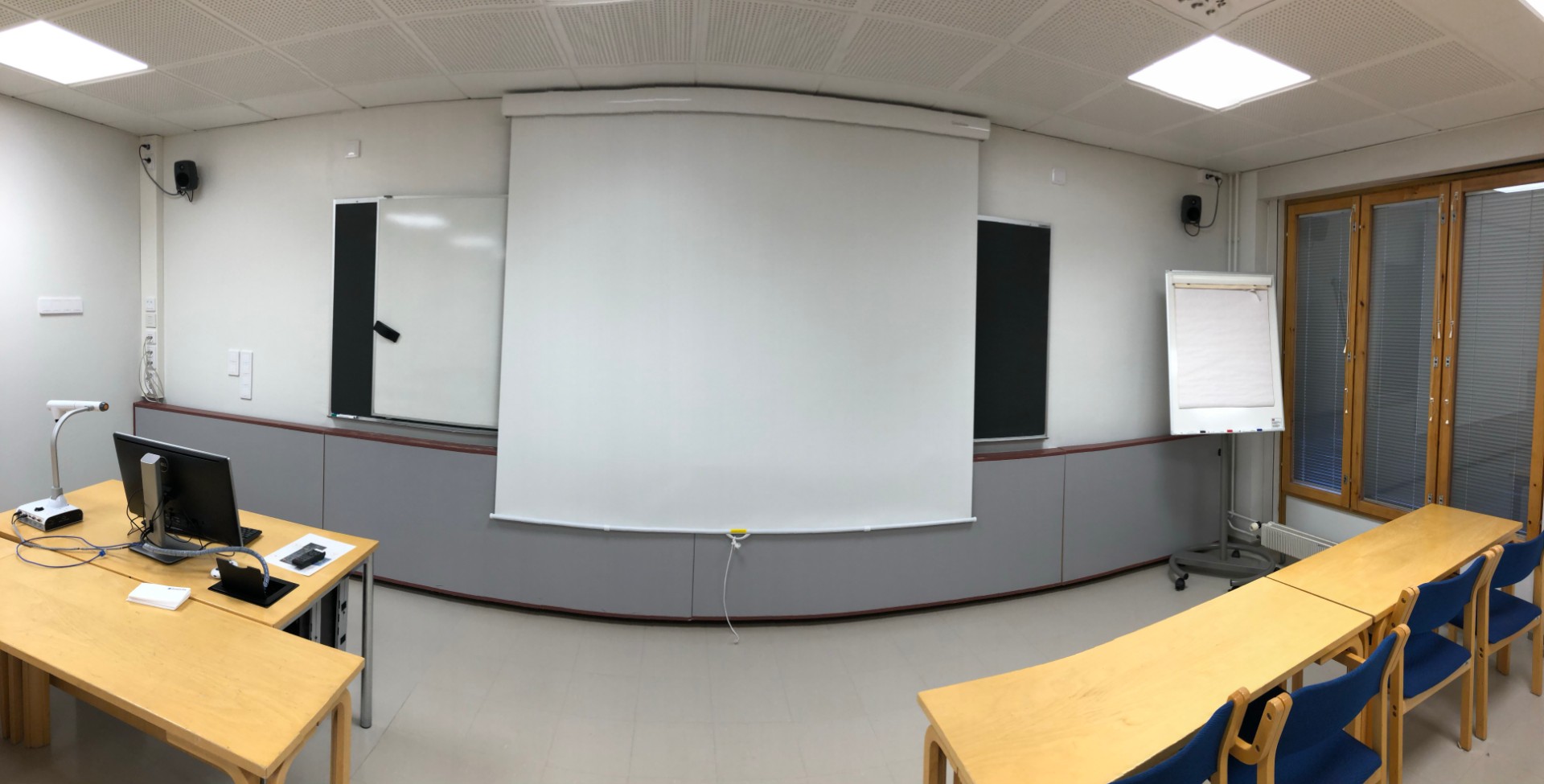EduSci – PArt 2 – Professional Teacher training
part 2 assignment
Individuals will create a video of the ideal teaching and learning environment. This ‘space’ can be for any subject, target group and can be physical or virtual.
Your reflection piece should cover the following aspects of your space:
- Target groups;
- The necessary components of the space;
- Content to be taught and methods used to teach; and
- The theoretical foundations for why your space is created the way it is.
MY IDEAL SPACE
As a facilitator I learned to use space in more ways than the one that I used to be in during my student years. It was a traditional class room setting where teacher is standing in front and students are sitting and listening and taking notes. Those days are over and now as I am beginning to teach I am aware that I should always mix up my classroom’s space. I have two images here. Image with the tables and chairs shows my ideal space for students. There are desks with chairs facing towards the teacher while there is some sort of lecture, instruction, guideline etc. I have also made group spaces on the sides and at the back where group conversations can take place which is used for group works. The space for each group is a bit far from each other so they can have their conversations easily. In center, however, is my favourite place among all. This is the place where everyone sits and share reflections and learn from each other. The other image represents standard place for a teacher or facilitator. Standard in most developed countries. It has a desk computer, white board, black board, a projector screen and corner place for extra notes on paper (what is this called?).
I always try to facilitate my students. This means that I am for learner-centered approach. There are four types of learning environments, each with unique elements. Learning environments can be student- or learner-centered; knowledge-centered; assessment-centered; and community-centered. These other approaches are also very important to remember as using only one approach might not be enough in every situation. Now that I have practiced learner-centered approach I will continue improving myself by adding these other three approaches. Knowledge-centered environments focus on helping students learn information with deep understanding so students can use it in new situations and contexts. Learning environments must also be assessment-centered, which stress the importance of feedback to learning. Community-centered learning environment is the fostering of explicit values or norms that promote lifelong learning.
These simple definitions of learning environments also indicates that I am actually using them not knowingly. As a facilitator I have always given autonomy to the students so that students can learn from each other, build ideas together to make new knowledge. Now that I have come to know the definitions of these learning environments I am sure that I will use the learning spaces knowingly and with better understanding.
My ideal learning space is targeted towards university students. However, this space can easily be used for any age group. All the necessary components that are used are in this space. Do you want a group work, it is covered. Listening to a teacher come to the front of the room. To do a whole group discussion, reflection or feedback, come to the center of the room. Teacher in this space has access to different screens and boards so it can be sued to give lectures and group works. Any kind of content can be taught in this space.


